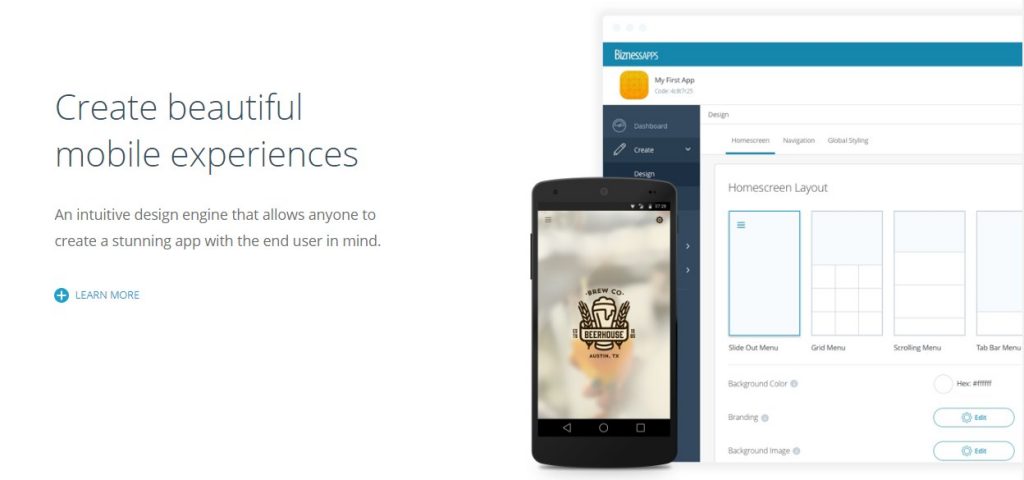
These are basically web applications that also run on mobile.

A link is added to the mobile in the form of an app icon. They work inside the browser, whether it be mobile or desktop.

They skip the app store installations and also traditional app delivery channels. Progressive Web Apps don’t require native or cross-platform development. Hybrid Apps are different from Cross-Platform Apps in the sense that they work using web containers using browser runtime. Hybrid Applications are built using the latest web technologies like JavaScript, CSS, HTML, and then bundled as mobile applications for the required platforms. These apps run natively on the platform of your choice.Ĭross-platform mobile applications can be written on various programming languages and then compiled for each platform separately. Native applications are built using the tools and SDKs offered by platform owners like Apple and Google. The fact also states that your app will be competing with over 1.5 million applications on the Google Play Store and Apple’s App Store.Ĭomparison of App Development Alternatives Although it sounds very lucrative to build a mobile app to get a piece of the billion-dollar pie, the decision needs thought strategy and planning. But before we jump to any conclusions, let’s understand the exact process of mobile app development. The statistics are motivating for anyone who wishes to build or develop a mobile app. An average user spends about 35 hours per month using mobile apps.The average consumer has over 30 apps installed on their device.Revenue from mobile apps is set to cross $613 billion by 2023.Over 85% of consumers prefer native apps over mobile cross-websites.Smartphone users spend 90% of their screen time using mobile apps.People spend over half of the time they spend with digital media on mobile.There are some more statistics to keep in mind. And studies show that an average American checks their phone at least once every twelve minutes, and over 10% of these people check their phone about every four minutes.

Stats are growing steadily, without any indications of slowing down. There are over 3.5 billion smartphone users worldwide, so there is no doubt that the industry is healthy and thriving.


 0 kommentar(er)
0 kommentar(er)
